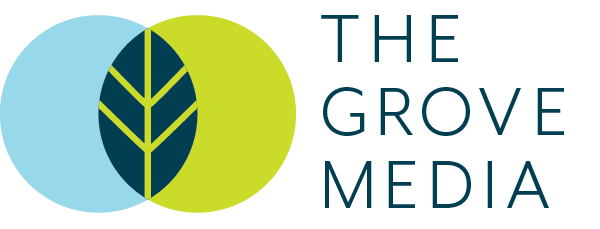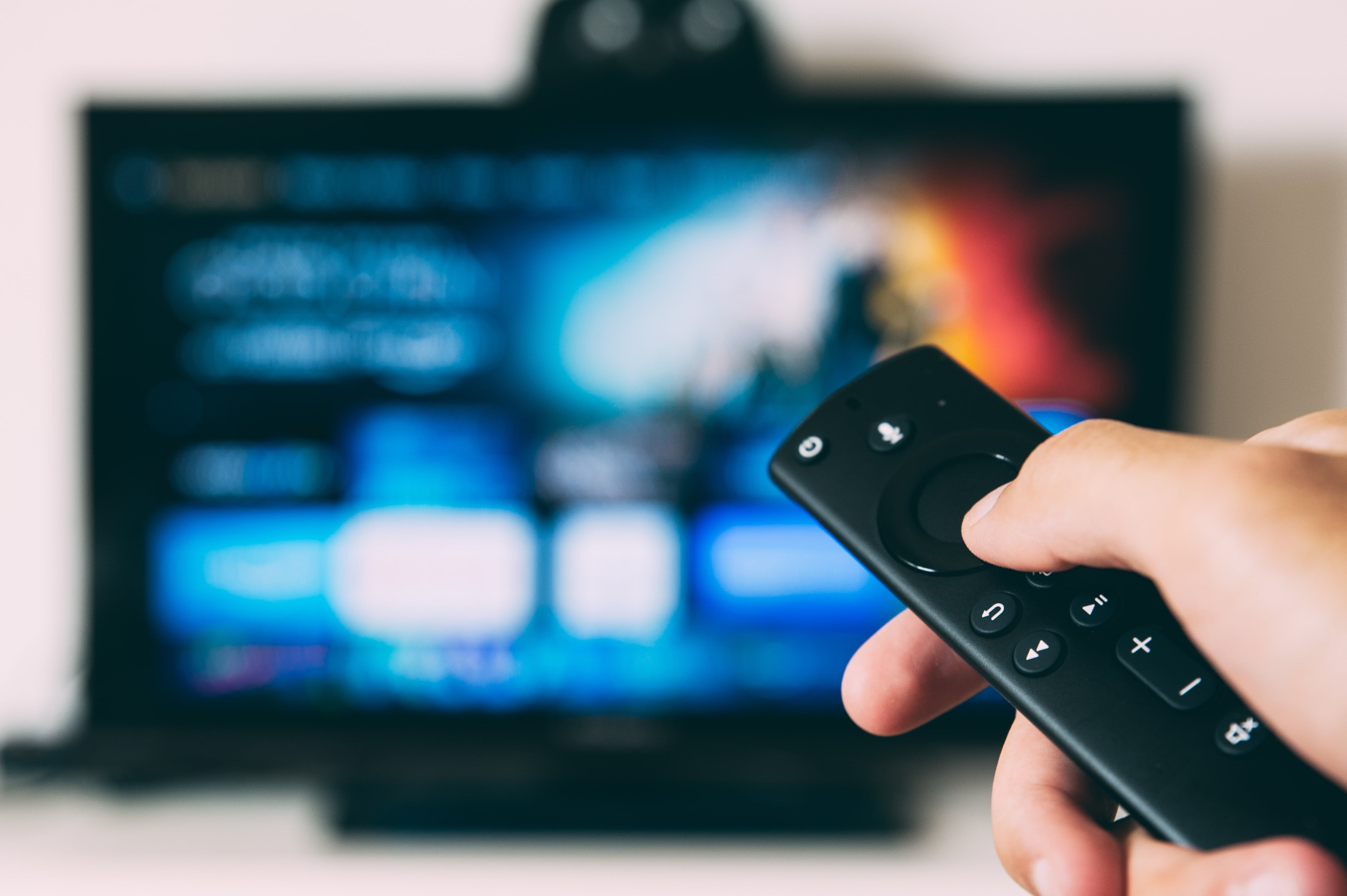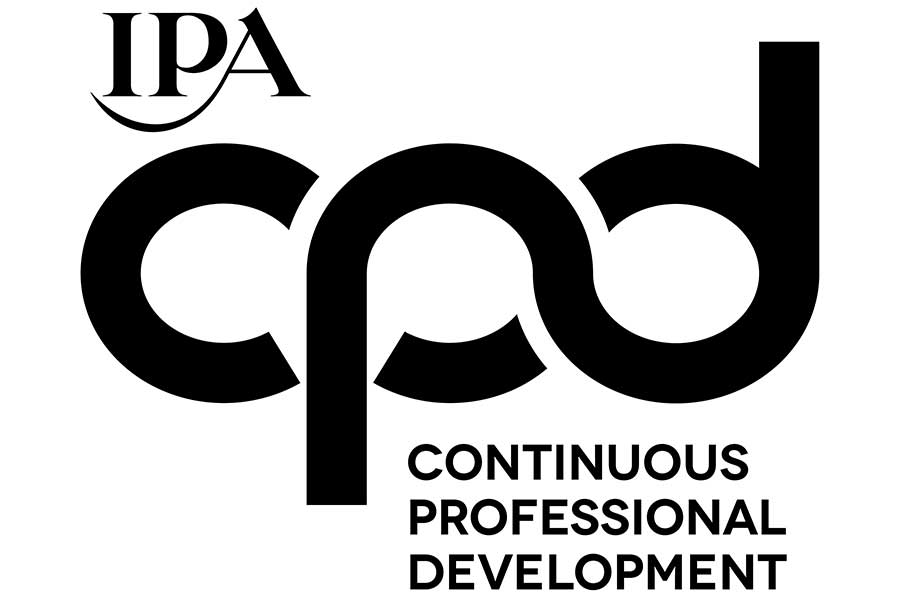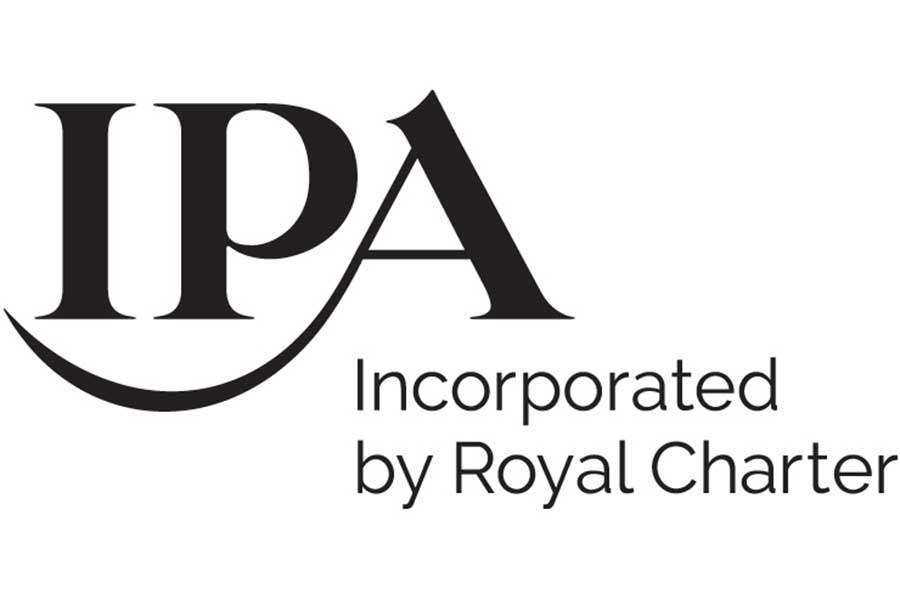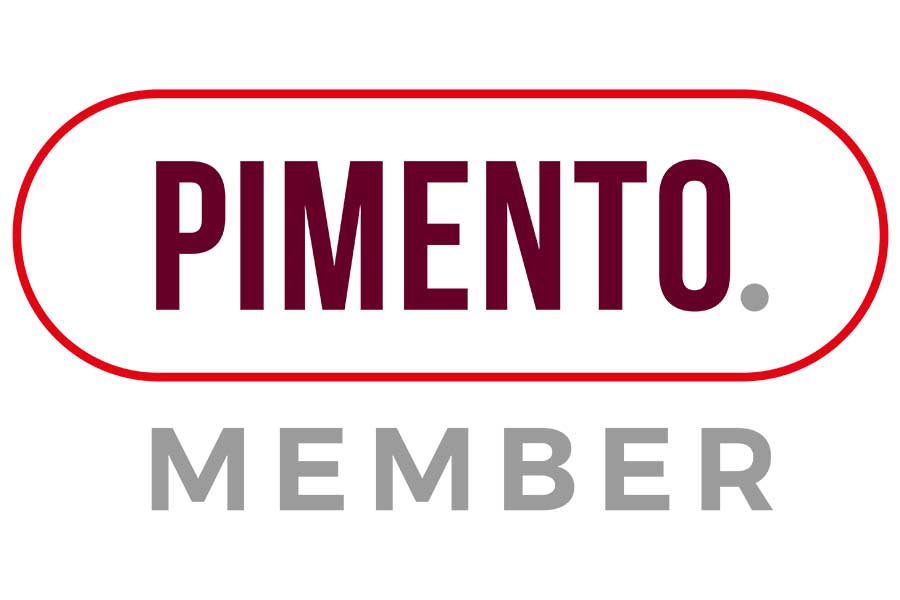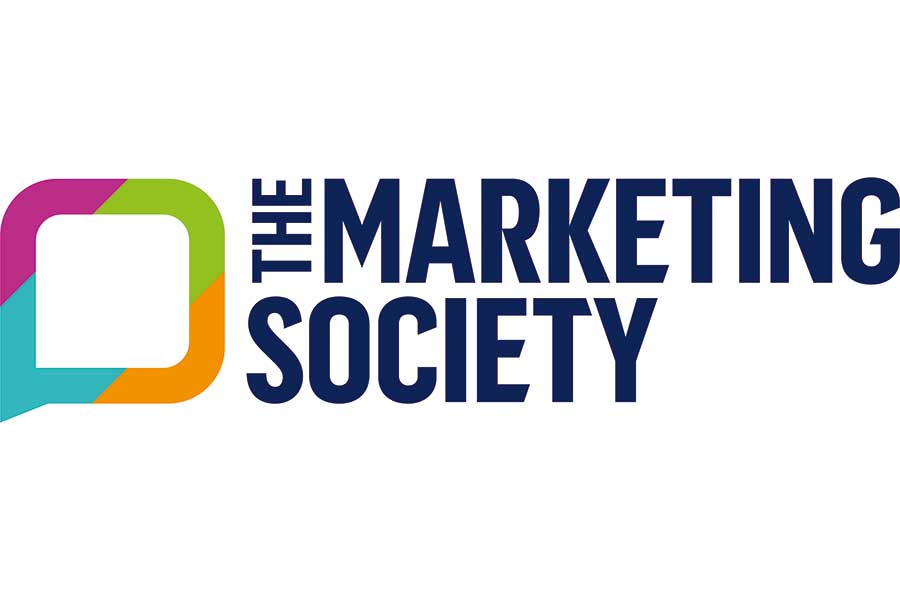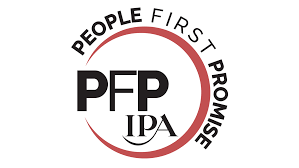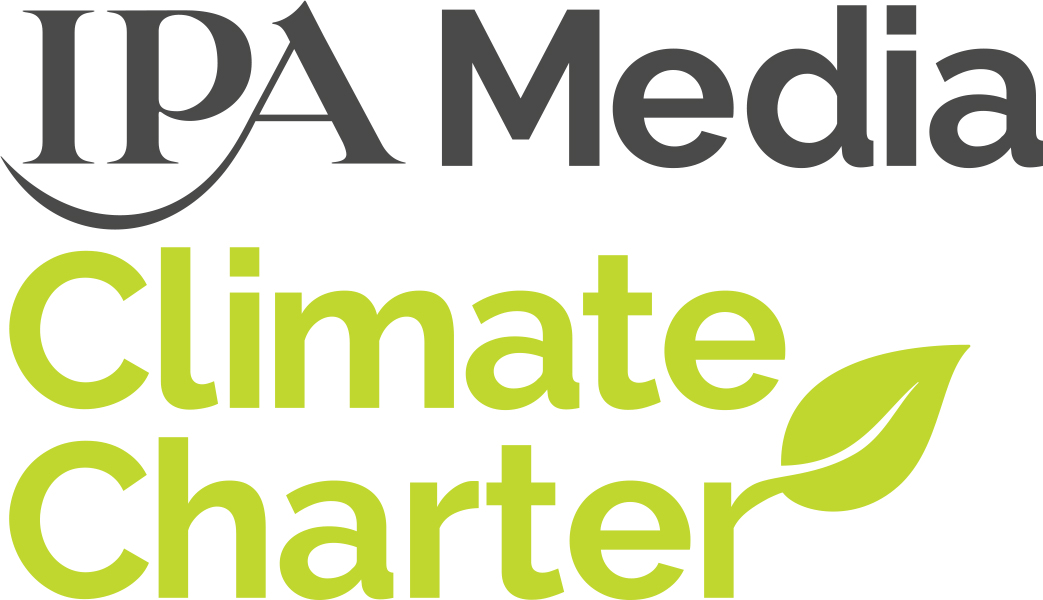By David Price, Managing Director, The Grove Media
TV has the greatest reach and the best effectiveness of any media type. This probably won’t come as a surprise to many advertisers. But less well known is just how cheap TV advertising can be, thanks in part to the growth of connected TV (CTV).
Last year, according to Thinkbox, 763 TV advertisers in the UK spent less than £50,000. A significant 339 spent less than £10,000, and 208 spent under £5,000. Now that is affordable. So much so, that more brands are trying TV for the first time. Nielsen Ad Intel reports that last year 959 advertisers used TV for the first time, or returned after 5 or more years away.
So if you’re thinking about advertising on TV, what are the benefits you should be considering before taking the plunge? Here are six key areas of opportunity that might be right for your marketing strategy.
TV drives brand awareness in spades
TV is by far the best medium to choose if you’re looking to build brand awareness. Research by Les Binet and Peter Field for the IPA has repeatedly showed that advertising campaigns with ‘fame’ at the core of their strategy are by far the most effective at driving sales and profit.
Let’s face it, TV reaches almost everyone. In 2022, linear TV and broadcaster video on demand (BVOD) boasted combined reached of 91.3% of the adult population each week. And the elusive younger audiences accounted for 28% of BVOD viewing. TV also creates such great awareness because of its signalling power. – it’s not just what you say in advertising, but where you say it that counts.
And TV’s power to drive awareness is not only due to its own reach, but the ability it has to boost other media in a campaign – up to 54%, according to Thinkbox.
Working with The Grove Media, Patient Claim Line invested in TV to build its brand from humble beginnings to household name.
Unleash the potential of being a digital first brand with TV
Digital first brands boost their performance by adding TV to their media mix. This is because TV advertising starts working immediately and carries on delivering for years into the future.
In fact, online businesses are now the biggest category of advertiser on TV, accounting for 19% of all TV ad spend. Magic Numbers found a clear relationship between TV advertising and web traffic – 42% of all web visits are driven by TV, some 50 million in total. TV also makes search work harder. Magic Numbers found that TV drives cheaper online journeys for advertisers because it prompts people to go to the brand directly.
Looking for quantifiable measurement and ROI?
TV is a marketer’s dream when it comes to demonstrating ROI. Every major study into advertising effectiveness shows that TV outperforms all other mediums.
According to Ebiquity, TV is responsible for 62% of all the measured short-term profit generated by media investment. It’s responsible for 71% of total advertising-generated profit at an average profit ROI over three years of £4.20 per pound spent – the highest ROI of any media
Binet and Field’s research for the IPA showed that investing in TV advertising increases effectiveness by 40%, making it the most effective medium. And, as mentioned earlier, TV has an impressive ability to drive the performance of other media: out of home by 22%, radio by 33%, online video by 20%, and social media by 31%.
Value for money and bang for your buck
And while we’re on the subject of numbers, let’s have a look at the great value that TV advertising now represents. The average cost of media space to enable one person in the UK to see a TV ad is just 0.8p. That’s for both linear and BVOD.
TV compares impressively with high profile online media. It’s on average almost two thirds the price of YouTube, and sixteen times cheaper than other online video advertising, such as Facebook.
And right now, TV is currently very favourably priced. For example, ITV is offering airtime in the upcoming Rugby World Cup at 2003 prices, and Sky is offering 15% additional discounts to new-to-TV advertisers on its Adsmart platform.
Big screens kudos with narrow cast level targeting
The growth of CTV has opened TV advertising to a wide range of advertisers, boasting cheaper rates and hyper-targeting. According to Thinbox, 17 million people use one of the broadcaster VOD players to watch their favourite shows at least once a week, and Sky AdSmart can reach 40% of homes – or 30 million people – in the UK.
Adsmart and the other VOD platforms offer advertisers the wow factor of big screen broadcast with narrowcast level targeting. Through geotargeting, smaller businesses with highly specific geographical footprints can reach audiences with micro precision.
Not only that, but all the major BVOD players offer advertisers the ability to combine their own customer data with their vast sets of first party audience data. Linear TV simply cannot offer advertisers this type of targeting.
Are you looking to drive direct response?
If you’re an advertiser looking to generate calls to action or specific responses, DRTV has a lot to offer. DRTV ads that encourage consumers to respond to an offer or product usually benefit from broadcast costs savings of up to 60% by running in cheaper dayparts. DRTV campaigns have been proven to be 20 times more effective in generating leads and sales than regular TV campaigns.
According to Thinkbox, DRTV is the strongest of the ‘demand generating’ channels – ie. those media types that are most likely to stimulate response. Studies have shown that DRTV is comparable in terms of efficiency with affiliate advertising and search marketing.
And even outside of DRTV, TV in general creates the highest volume of short to medium-term sales, driving more media-driven sales than any other communication channel.
TV advertising is clearly not for every brand. But since the start of CTV, TV has become more affordable, effective and appropriate for more businesses. If you’ve previously discounted TV as either too expensive and not targeted enough, now is definitely the time to take another look at advertising’s most effective medium.
Photo courtesy of Glen Carstens-Peters @ Unsplash
